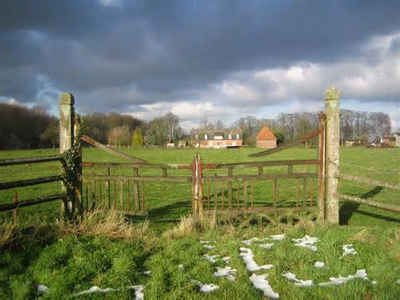Louisiana Parishes
Louisiana is divided into sixty-four parishes. On March 31, 1807, the territorial legislature divided the state into 19 parishes, without getting rid of the old counties (which continued to exist until 1845). In 1811, a constitutional convention organized the state into seven judicial districts, each consisting of groups of parishes. In 1816, the first official map of the state used the term, as did the 1845 constitution. Since then, the official term has been parishes.Avoyelles Parish, Louisiana
Avoyelles Parish Education, Geography, and History
Avoyelles Parish is located in the state of Louisiana. Based on the 2010 census, the population was 42,073. The parish was created in 1807. The parish seat is Marksville. Avoyelles Parish name is derived from the French name for the historic Avoyel people, one of the local Indian tribes at the time of European encounter
Etymology - Origin of Avoyelles Parish Name
The parish is named in honor of the Avoyel Native American people.
Demographics:
County QuickFacts: CensusBureau Quick Facts
Avoyelles County History
Avoyelles Parish was created on 1807, as an Original Parish and the parish was named in honor of the Avoyel Native
American people. The Parish seat is Marksville. There was records destruction in 1856? from
unknown causes.
Native Americans were the first residents of the part of Louisiana now known as Avoyelles Parish. When the first white
man arrived he found a friendly tribe, ready to barter with him. There is some disagreements as to the meaning of the
word Avoyelles. Iberville, sent by Louis VIV to establish a colony in Louisiana, said that the word Avoyelles meant
"Flint People". Iberville's historian said if meant "People of the Rocks". Bienville, successor to Iberville, met Native
Americans on January 21, 1718. These were of the tribe Tamoucougoula, otherwise called "anoy". On January 28, 1718
his group was able to obtain corn from the Tunica tribe. It is reasonable to assume that the Avoyelles and the Tuinicas
were neighbors. A chain of mounds along Red River and in the vicinity of Marksville, the remains of the early residents
of the area, were thoroughly explored in the 1930s.
According to family legend the first white man to settle in what is now Avoyelles Parish was Joseph B. Rabalais. This
legend had been repeated many times, and has come to be believed. However there are no known documents to prove it. Mr.
Rabalais was an early settler, possibly one of the earliest. An early Avoyelles colonial document in which he is
mentioned is dated Septembe 8, 1783. However, it must be remembered that there are no parish records which pre-date 1783. Mr.
Rabalais was born at Pointe Coupee about 1736. He died at Avoyelles Post about 1788. Mr. Rabalais was a resident of the
area at the time that it was part of Natchitoches district.
Many of the first settlers of Avoyelles Indians area were French "coureurs de bois" [literally, 'Woods runner'] and
Indian traders who were living in the area by 1720. One such resident was Jacques Chalin whose daughter Marie Therese,
was born "aux Avoyelles" in 1722, and is believed to the one of the first, if not the first, white child born at
Avoyelles.
Geography: Land and Water
As reported by the Census Bureau, the parish has a total area of 866 square miles (2,240 km2), of which 832 square miles (2,150 km2) is land and 33 square miles (85 km2) (3.8%) is water.
Avoyelles parish is located close to the center of Louisiana. Part of the Grand Cote National Wildlife Refuge and the Lake Ophelia National Wildlife Refuge are located in this parish.
Neighboring Parishes
Bordering parishes and counties are as follows:
- North: La Salle Parish; Catahoula Parish
- Northeast: Concordia Parish
- Southeast: West Feliciana Parish; Pointe Coupee Parish
- South: St. Landry Parish
- Southwest: Evangeline Parish
- Northwest: Rapides Parish
Education
All primary public schools are run by the Avoyelles Parish School Board. It operates 10 schools with an enrollment over 6,000 students.







